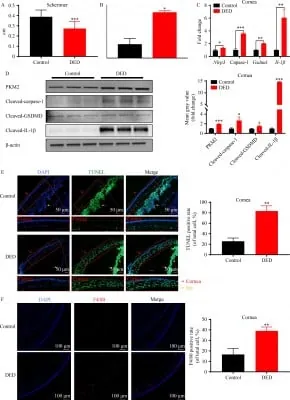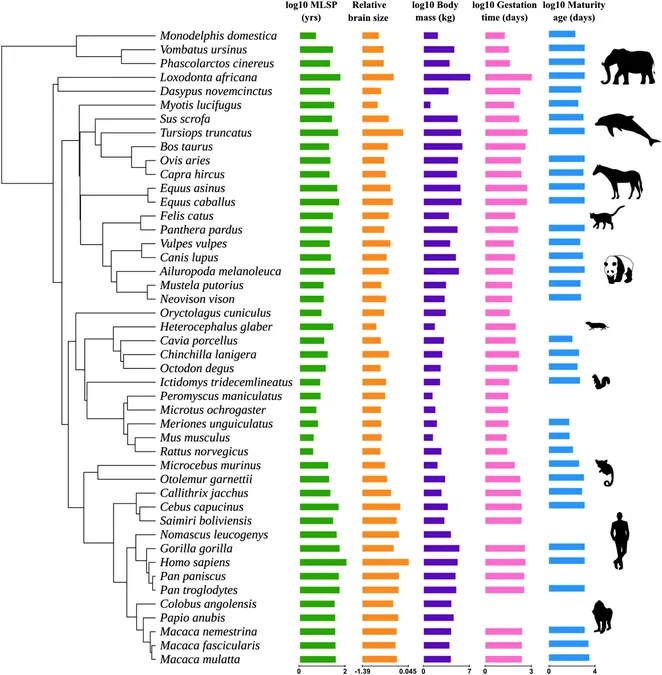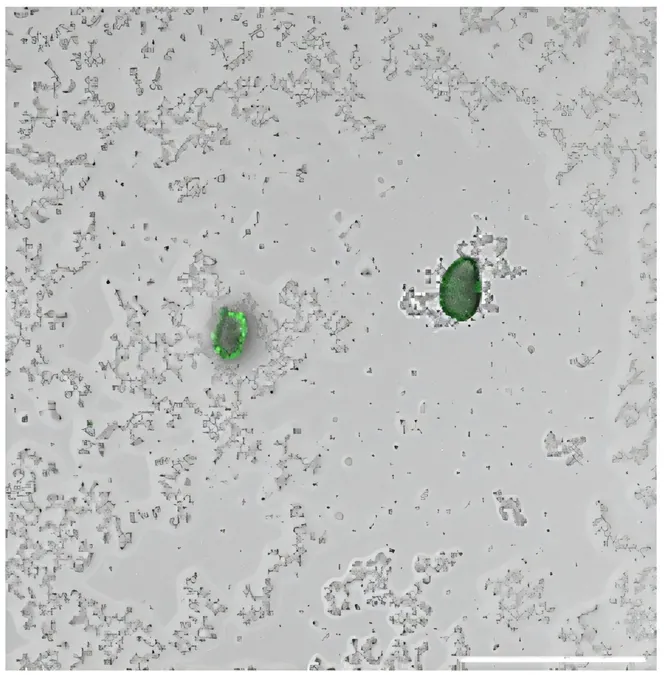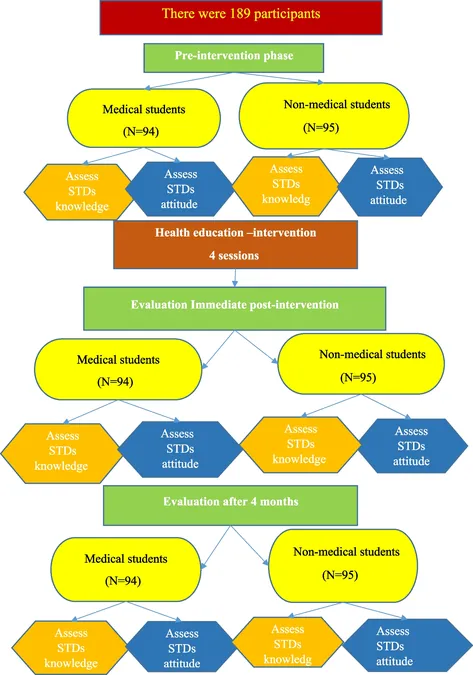
Revolutionary Study Reveals How Dry Eye Disease Triggers Inflammation
2025-09-03
Author: Charlotte
Groundbreaking Research Unveiled
Researchers at the Zhejiang Provincial Engineering Institute on Eye Diseases have published a pivotal study in *Frontiers of Medicine*, revealing startling new insights into how hyperosmotic conditions contribute to dry eye disease (DED).
The Invisible Struggle of Dry Eye Disease
Dry eye disease affects millions, driven by tear film hyperosmolarity that disrupts ocular surface balance and invokes inflammation. This research unveils the underlying mechanisms that link this hyperosmolar environment to inflammatory responses in the eye's cells.
Pyroptosis: The Inflammation Catalyst
Key findings indicate that hyperosmolarity triggers a switch in corneal epithelial cells' metabolism, promoting glycolysis and leading to pyroptosis—an inflammatory cell death process. Notable gene expressions, particularly those linked to glycolysis (like PKM2) and pyroptosis (such as GSDMD), were found to spike dramatically in clinical samples of DED.
Cell Interactions Under the Microscope
The study utilized innovative in vitro techniques, coculturing THP-1-derived macrophages with human corneal epithelial cells to observe their interactions. The hyperosmotic environment stimulated the epithelial cells to undergo metabolic shifts, setting off a cascade of inflammatory reactions in the macrophages.
A Glimmer of Hope: 2-Deoxy-d-Glucose
In an intriguing twist, the research revealed that 2-Deoxy-d-glucose (2-DG) could inhibit the glycolytic process in corneal epithelial cells, potentially curtailing macrophage pyroptosis. In vivo experiments demonstrated that 2-DG not only alleviated symptoms of dry eye but also significantly suppressed the gene and protein expressions tied to inflammation.
Towards New Treatments for Dry Eye Disease
This groundbreaking research underscores the critical role of hyperosmolar-induced glycolytic reprogramming in fueling inflammation in dry eye disease. It opens up promising avenues for new therapeutic strategies aimed at managing this debilitating condition, offering hope to millions suffering from dry eyes.









 Brasil (PT)
Brasil (PT)
 Canada (EN)
Canada (EN)
 Chile (ES)
Chile (ES)
 Česko (CS)
Česko (CS)
 대한민국 (KO)
대한민국 (KO)
 España (ES)
España (ES)
 France (FR)
France (FR)
 Hong Kong (EN)
Hong Kong (EN)
 Italia (IT)
Italia (IT)
 日本 (JA)
日本 (JA)
 Magyarország (HU)
Magyarország (HU)
 Norge (NO)
Norge (NO)
 Polska (PL)
Polska (PL)
 Schweiz (DE)
Schweiz (DE)
 Singapore (EN)
Singapore (EN)
 Sverige (SV)
Sverige (SV)
 Suomi (FI)
Suomi (FI)
 Türkiye (TR)
Türkiye (TR)
 الإمارات العربية المتحدة (AR)
الإمارات العربية المتحدة (AR)